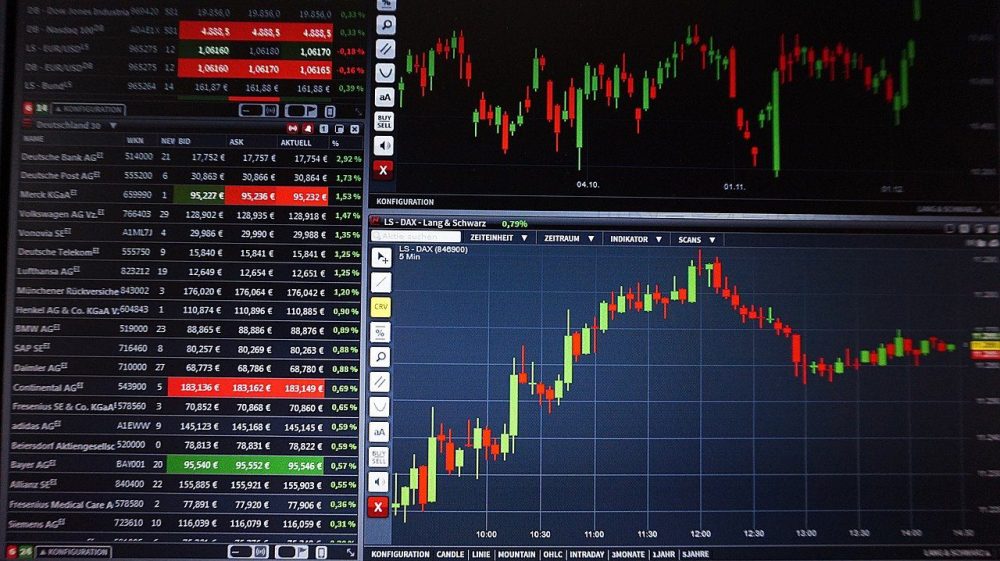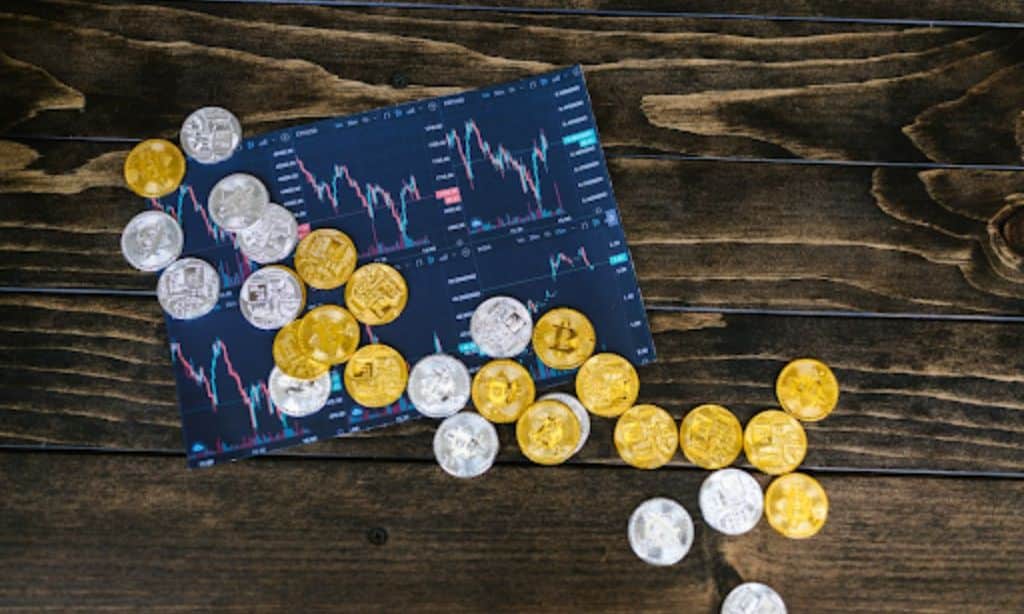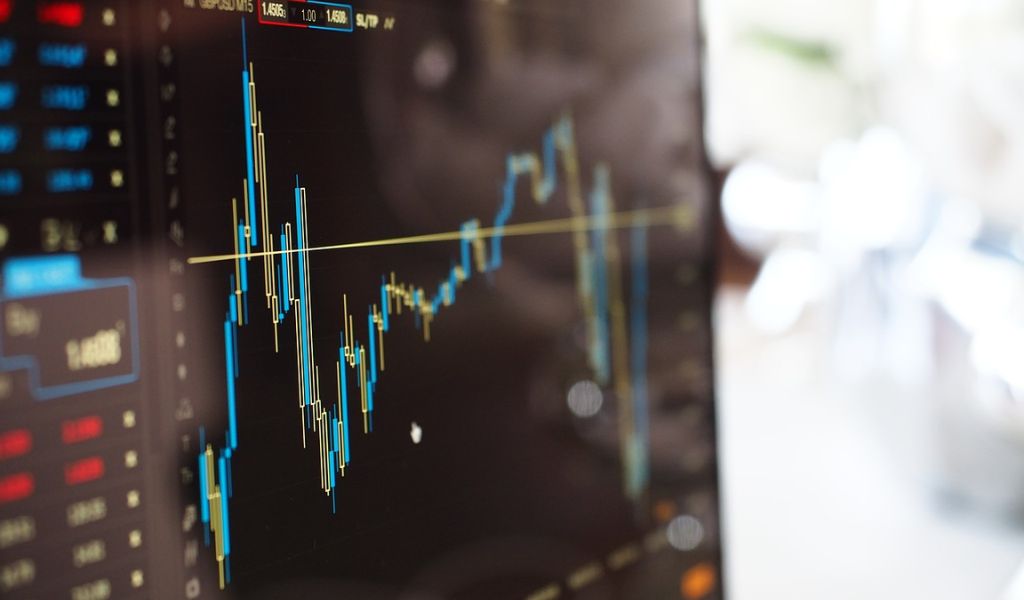The use of leverage is crucial in both traditional and forex markets. By removing the requirement for traders to lock up large quantities of capital, it improves capital efficiency. They contribute to the market’s introduction of liquidity along with futures and options. Users must always employ discretion and read about forex broker without ID verification because using leverage inevitably increases possible returns and risks. One of the most frequent causes of inexperienced traders’ failure is over-leverage or the improper use of leverage. Like trying to hit a home run on each swing, this strategy has the severe drawback of being completely unsustainable. Naturally, we do not support a high-risk, all-or-nothing environment where even a small error might wipe out a trader’s cash.
Trading mistakes are unavoidable; neither a single individual nor a flawless program can accurately forecast every market’s behavior. Avoid over-leveraging to prevent mistakes from destroying your capital, your self-esteem, and your ability to learn from them. Over-leveraging can dramatically harm your chances of success on any given trade and possibly result in outsized losses, especially given how unpredictable the forex market is. We think that every beginner trader should be completely aware of the effects of leverage and the situations in which it might seriously reduce the likelihood of a successful trade. Additionally, we think that it is not in the best interests of beginner traders and their trades to permit excessive leverage.
What effect does High Leverage have on your trading?
Leverage not only makes your losses bigger, but it also makes your transaction expenses bigger. High leverage’s accompanying transaction expenses might eventually deplete your capital. For example, if you have $500 in your wallet. With your $500 deposit, you choose to start a 100x leverage position, giving yourself a total stake of $50,000 (500 x 100). The cost to initiate this position, considering the typical taker fee of 0.04%, will be $20, or 4% of your account.
You already need to factor in 4% when computing your overall P&L after just one deal, and the market is not even moving yet. As a result, if your position fails, your account balance will decrease, increasing your actual leverage. Furthermore, funding fees assessed every eight hours would be incurred when trading perpetual agreements. This would result in an additional $20 daily reduction from your outstanding balance, assuming a low funding cost of 0.01% (or 0.04% daily). Due to the potential long-term effects on your account, traders must consider the cost of utilizing high leverage: the greater your leverage, the higher your transaction costs as a percentage of your initial deposit.
This illustrates how using too much leverage alters your chances of making a profit. The interplay of leverage and transaction expenses, such as charges and funding, results in this distortion. In other words, the chances may change against you if high transfer costs as a fraction of your trading capital. Suppose your margin is less than 100 times the market value of your investment, your risks of losing start to increase very quickly. This is because expenses reduce your margin capital, increasing the probability of liquidation.
What preventative steps are taken?
Many forex brokers launch responsible trading programs, which invest resources in teaching customers about the risks associated with trading and implementing safety measures like leverage limits, anti-addiction restrictions, and “cooling-off” suspension features. As worldwide use increases, they involve more people and are aware of a bigger responsibility to protect them. However, we would like to advise you that the forex market is dangerous and that anyone wishing to participate must take precautions and conduct their due diligence. Beginner users should exercise caution and follow ethical trading procedures. For this reason, when users join for futures trading, these platforms make them undergo training videos and mandatory quizzes.
To further increase consumer protection, platforms also set a maximum leverage restriction for new accounts. Leverage levels for accounts formed within 30 days are limited to a maximum of 20x by some platforms. Others increase the leverage limits for accounts created from 30 to 60 days, further improving this new rule. This means that during 60 days of registration, new futures accounts cannot acquire leverage greater than 20x. Many customers don’t use a lot of leverage, and some of them don’t use any at all. However, this new step is just another way one can aid in safeguarding brand-new users on their site.
How to Choose the Right Leverage Level?
We advise against consistently trading with the maximum permitted leverage. The maximum permissible leverage guidelines give you flexibility when you need it, but in the usual course of trading, you should always choose a sensible amount of leverage. Investors should review commonly accepted principles before deciding on a level of leverage. The following are the three most fundamental rules of leverage:
- Keep your leverage levels modest first.
- Stop orders can be used to limit losses and safeguard capital.
- On each position taken, set a capital ceiling of 1% to 2% of total trading capital.
Traders should choose a level of leverage that works for them. For instance, a 5x or 2x leverage would be suitable if you are a conservative trader or are new to forex trading. The amount of leverage that is appropriate for a trader depends on their level of experience, risk tolerance, and confidence while trading on forex marketplaces. As they learn how to trade and develop skills, novice traders should always exercise restraint.
Conclusion
Users are not the only ones who are accountable. Every broker must take responsibility for educating their customers and allowing them to access the features and functionality of their platform. To safeguard the users and their funds, platforms will keep putting work and resources into the platform security and risk monitoring solutions. Additionally, exchanges are making strides in the commitment to compliance and collaborating with authorities to safeguard consumers, promote innovation, and develop a just and sustainable economy as global regulatory frameworks continue to take shape.













































